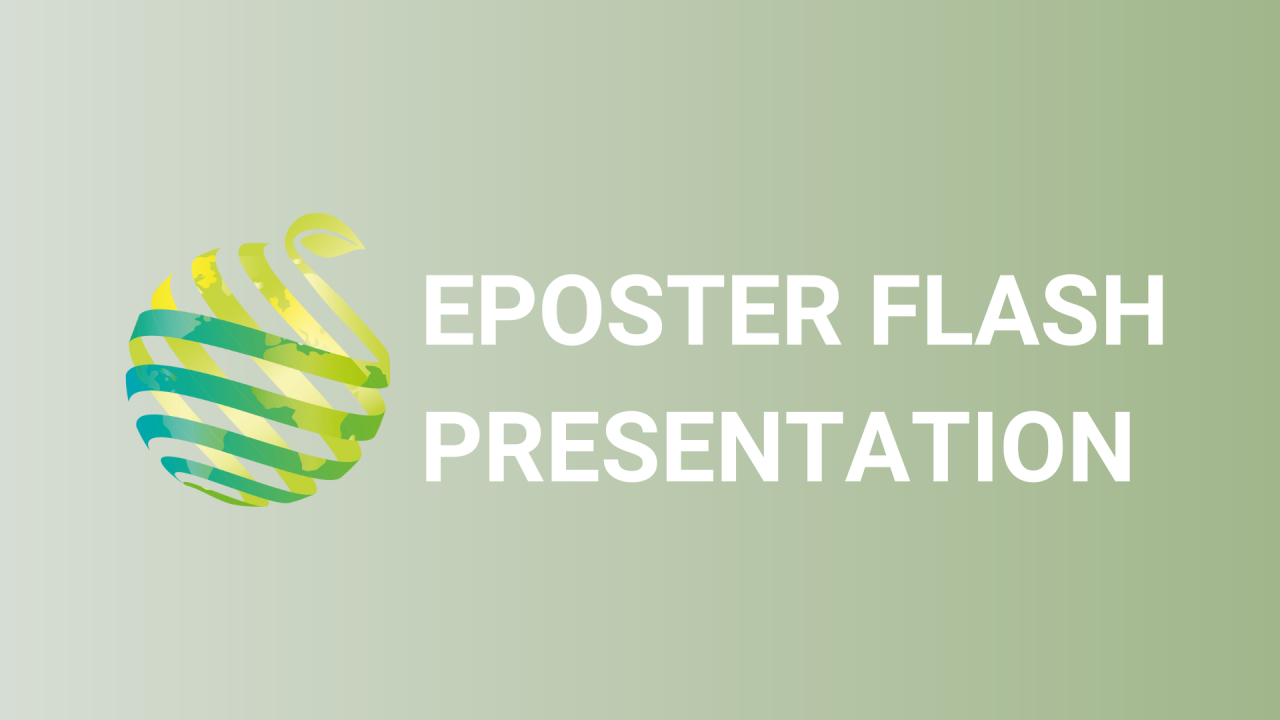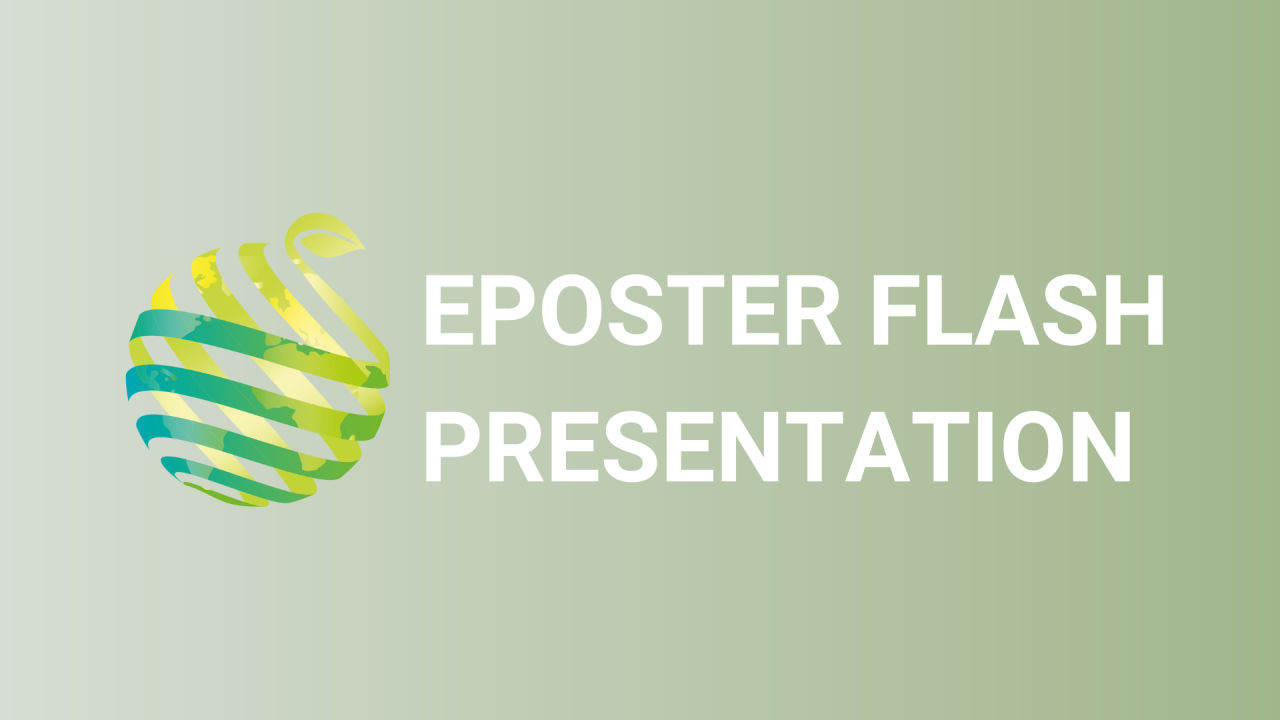

S09 - Session P2 - Connecting farming systems: circular economy strategies within and between livestock and agricultural systems
Information
Authors: Xavier Gabarrell Durany, Sara Molins-Cabaní *, Martí Rufí-Salís, Laura Talens, Pol Llonch
The struggles to reduce humanity's environmental footprint revolve around a variety of human activities, one of them being food production, linked to agricultural and livestock exploitations. The intensification of food production systems to supply the ever-growing population's nutritional demand is causing major environmental impacts. Cities are especially vulnerable because they host 55% of the world's population despite covering only 3% of the Earth's surface area. In line with this global and asymmetric problem, scholars are exploring how to reduce the impacts of agriculture and livestock systems to operate within the Earth's carrying capacity and keep meeting the required food supply, especially to feed urban population. The concept of circular economy applied to agricultural and livestock systems can enhance the performance of these systems by improving flows' restoration and creating a symbiosis between them. However, the application of circular strategies must be strictly monitored in terms of environmental impacts to avoid the implementation of contradictory strategies. To ensure that circularity aligns with the principles of environmental sustainability, our goal is to assess the environmental performance of circular strategies applied within and between agricultural and livestock systems. To do so, we evaluate a baseline scenario considering a variety of farms from different European countries and two different agricultural systems. This analysis helps to detect the main impacting hotspots in each system, which will be the focus of mitigating strategies. Additionally, the analysis includes multiple impact categories (e.g. carbon footprint, eutrophication, ecotoxicity, etc.), which add another layer of complexity to the assessment. Preliminary results of an initial set of impact mitigating strategies point at the existence of both potential synergies and trade-offs between making the overall system more circular and more environmentally sustainable. Our analysis will identify the most optimum combination off strategies to move towards a more circular and sustainable food production.